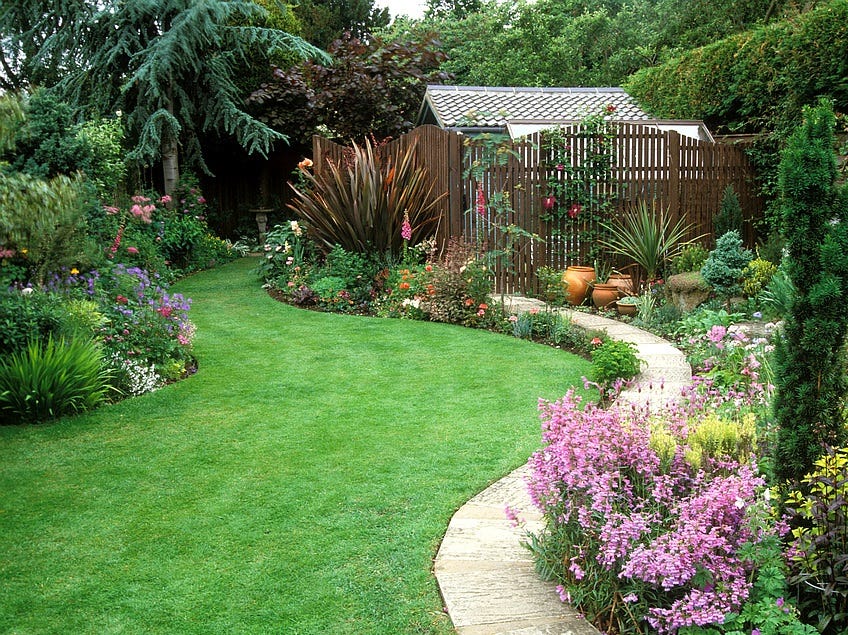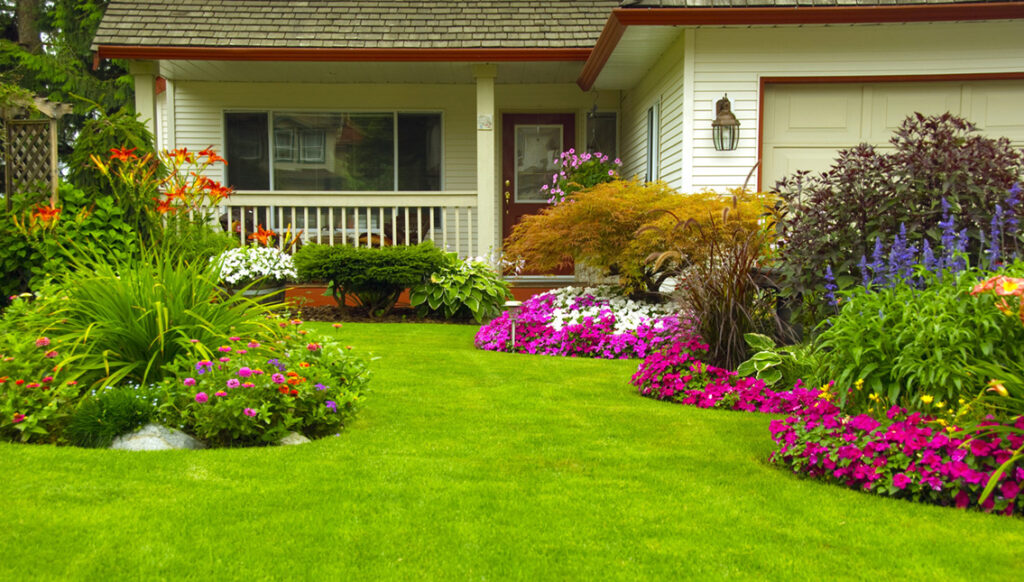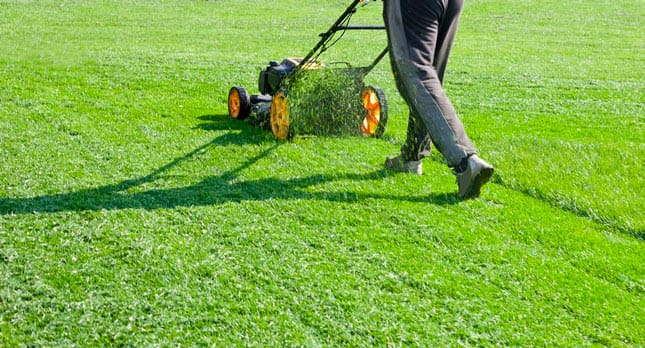The Leander Lawn Care Cheat Sheet: 7 Hacks for a Healthier, Greener Yard
A lush, vibrant lawn can elevate the beauty of any home. In Leander, where the Texas heat can be harsh, keeping your lawn healthy and green requires a bit of strategy. Whether you’re a seasoned gardener or just starting out, these 7 lawn care hacks will help you achieve the healthy, thriving lawn you’ve always wanted. Follow this cheat sheet, and you’ll be well on your way to becoming a lawn care expert in Leander.


Mowing your lawn is one of the most important tasks in lawn care, but it’s crucial to do it the right way. In Leander’s hot climate, mowing too short can damage your grass. Keep your grass at about 3 inches in height to ensure it retains moisture and promotes deeper roots. Avoid cutting more than one-third of the grass blade at a time to reduce stress on your lawn. Mowing your grass regularly also encourages healthy growth and can help eliminate weeds.
Watering is a key factor for a greener lawn, especially in Leander’s hot summers. However, it’s important to water at the right time. The best time to water your lawn is early in the morning, before 8 a.m. This allows the water to soak deeply into the soil without evaporating in the heat. Over-watering can lead to root rot and fungal growth, so aim for 1 to 1.5 inches of water per week, including rainfall. Consider installing a smart irrigation system to ensure efficient water use while keeping your lawn lush.
Proper fertilization is vital for a healthy, green lawn. Leander lawns thrive on slow-release fertilizers that feed grass over time, helping it withstand Texas heat. Apply fertilizer in the spring and fall to give your lawn the nutrients it needs to grow strong and resilient. Organic fertilizers, like compost, can improve soil quality and promote microbial activity, ensuring your lawn gets the nutrients it needs naturally. Avoid over-fertilizing, as it can burn the grass or encourage weed growth.
Aerating your lawn is an essential step for promoting healthier grass. In Leander, compacted soil is a common issue due to heavy foot traffic and drought. Aeration allows water, nutrients, and oxygen to reach the roots more effectively. Use a core aerator to remove small plugs of soil, or hire a professional for large yards. Aerating once a year, typically in the spring or early fall, helps reduce compaction and ensures your lawn stays healthy throughout the year.
Weeds can quickly take over a lawn if left unchecked, but chemical weed killers can harm the environment and your lawn. Instead, try natural methods to control weeds. Use mulch around flower beds to prevent weed growth, and hand-pull weeds regularly to prevent them from spreading. You can also apply a pre-emergent herbicide in the spring to stop weeds before they even appear. Keeping your grass healthy with proper mowing, watering, and fertilizing will also make it more resistant to weeds.
The type of grass you plant plays a huge role in your lawn’s success. Leander’s climate is hot and dry for much of the year, so choosing drought-tolerant grass varieties is essential. Bermuda grass, Zoysia, and St. Augustine are all excellent choices for Texas lawns because they thrive in the heat and require less water than other grasses. Make sure to choose a variety that suits your specific soil type and sunlight conditions for optimal growth.
Mulching is an often-overlooked lawn care hack that can have a significant impact on your lawn’s health. Instead of bagging your grass clippings, leave them on the lawn to decompose. This process adds valuable nutrients back into the soil while also helping retain moisture, reducing the need for frequent watering. Mulching also helps regulate soil temperature, keeping it cooler in the summer and warmer in the winter, creating a healthier environment for your lawn’s roots.
Conclusion
With these 7 lawn care hacks, you’ll be well on your way to maintaining a healthy, green lawn in Leander. Remember, the key to success is consistent care. From proper mowing techniques to smart watering practices and choosing the right grass variety, each step will make a noticeable difference. By following this cheat sheet, your yard will become the envy of the neighborhood, thriving even in the harsh Texas climate.



